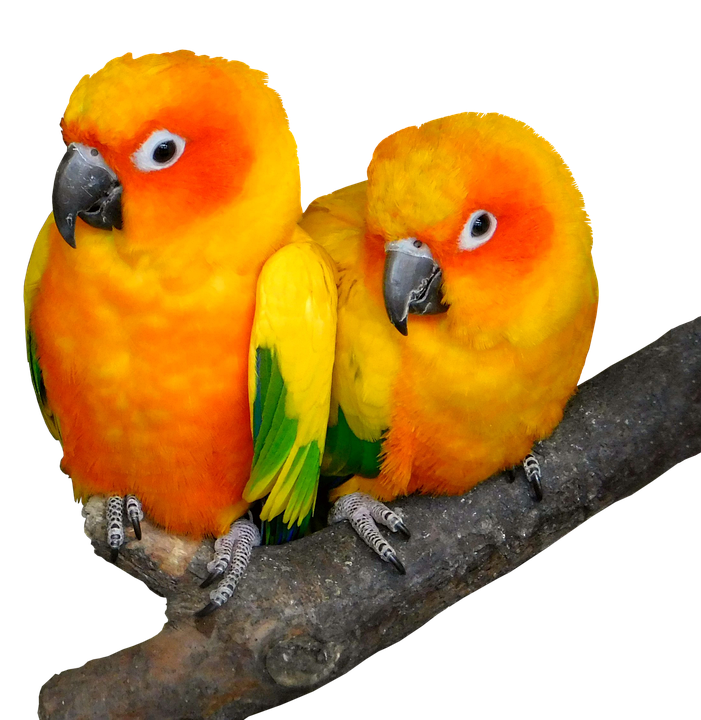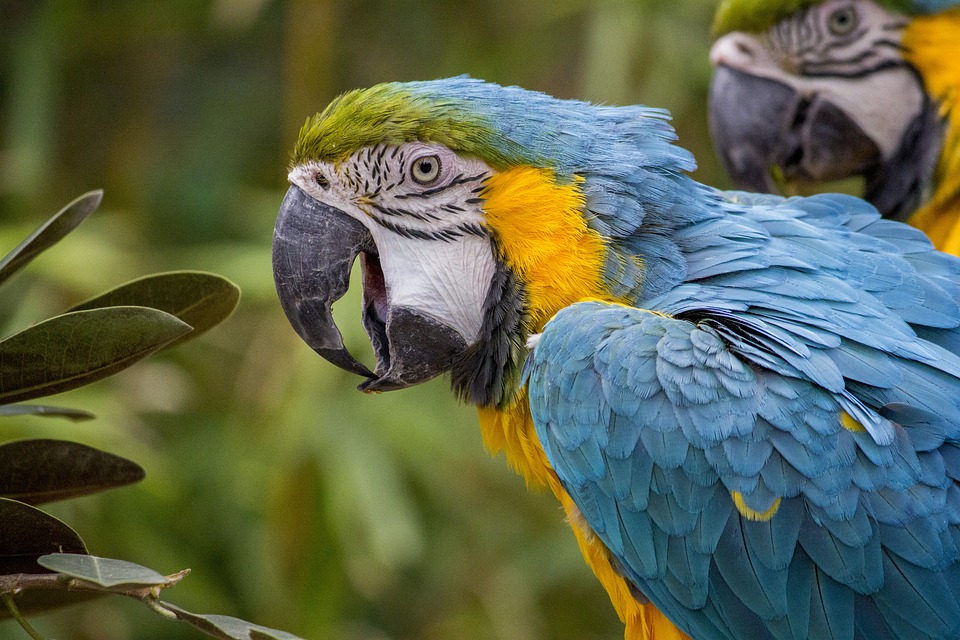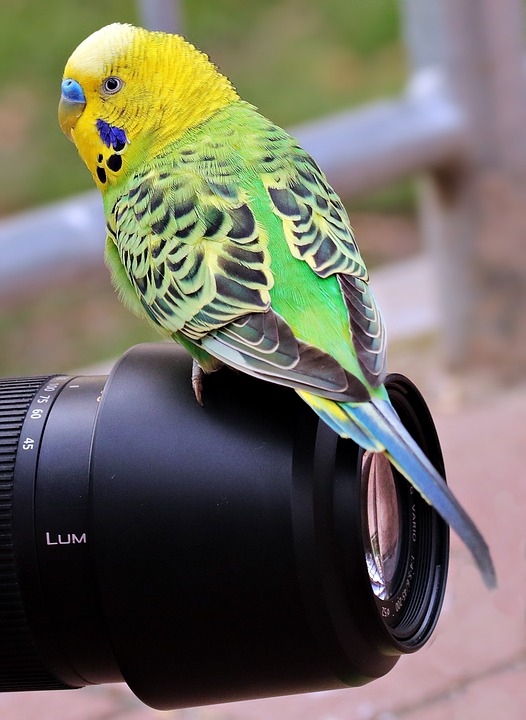Parrot behavior is a fascinating subject, and understanding their mating rituals is key to comprehending their intricate behavior. In this article, we’ll delve into the world of parrot mating, providing valuable insights into their courtship displays, bonding habits, and reproductive patterns. By gaining knowledge about parrot mating rituals, you’ll develop a deeper understanding of your feathered companions and be better equipped to provide them with a nurturing environment.
Parrots are known for their elaborate courtship displays, which involve a variety of behaviors aimed at attracting a mate. These displays can vary among different parrot species, but some common courtship behaviors include vocalizations, colorful displays, and dancing and preening. Parrots use vocalizations to communicate their intentions during courtship. Males often produce loud and distinctive calls to attract females, as well as to establish their territory and dominance. These vocalizations can range from soft chirps to screeches, depending on the species.
Many parrot species exhibit vibrant and captivating plumage, which they proudly display during courtship. Males may fluff up their feathers, showing off their colorful patterns to attract the attention of females. This display also serves as a visual indicator of their overall health and vitality. Parrots engage in intricate dance-like movements during courtship, showcasing their agility and physical prowess. They may hop, sway, bob their heads, or even engage in synchronized movements with their potential mates. Preening, where parrots groom each other’s feathers, is also a common behavior during courtship, promoting bonding between partners.
Parrots are highly social creatures, and their mating rituals play a crucial role in establishing and reinforcing bonds within pairs. Understanding their bonding habits can help create a harmonious environment for your parrot companions. Mutual feeding is a common bonding behavior during courtship and throughout the breeding season. This behavior strengthens their bond and fosters trust between partners. Offering a variety of fresh fruits, nuts, and vegetables can encourage this nurturing behavior in captive parrots.
Parrots exhibit remarkable nest-building skills, often creating elaborate structures using twigs, leaves, and other materials. By providing suitable nesting materials and a safe nesting site, you can support their natural instincts and strengthen the bond between mates. Parrots demonstrate physical affection towards their partners through activities like preening, cuddling, and gentle beak nibbling. These behaviors help maintain the bond between mates and promote a sense of security and contentment.
Understanding the reproductive patterns of parrots is essential for providing appropriate care during the breeding season. Different parrot species have distinct breeding seasons, which coincide with favorable environmental conditions for raising offspring. It’s crucial to be aware of your parrot’s specific breeding season, as it may impact their behavior and nutritional requirements. Once a pair has established a bond, the female parrot will lay eggs in the prepared nest. The courtship and egg-laying process can be a stressful time for the female, so it’s essential to provide a calm and secure environment to minimize disturbances.
Both male and female parrots take turns incubating the eggs, with the duration varying between species. During this period, it’s crucial to provide a balanced diet rich in calcium and other essential nutrients to support the health of the parents and the growing embryos.
To address some frequently asked questions, the courtship period can vary among parrot species, but it typically lasts from a few weeks to several months, depending on environmental factors and individual behaviors. Parrots are known to form lifelong bonds with their mates, although not all species exhibit this behavior, and individual personalities may also influence the strength of the bond. Encouraging breeding behavior in pet parrots involves creating a suitable environment that mimics their natural habitat, providing appropriate nesting materials, and ensuring a balanced diet. If parrots show signs of aggression during courtship, it’s crucial to provide ample space and separate them if aggression becomes excessive. Consulting an avian behavior specialist can be helpful in resolving these issues.
Understanding parrot mating rituals provides valuable insights into their intricate behavior and helps us create a nurturing environment for our feathered companions. By observing and respecting their courtship displays, bonding habits, and reproductive patterns, we can foster strong relationships and contribute to the overall well-being of these magnificent birds.









